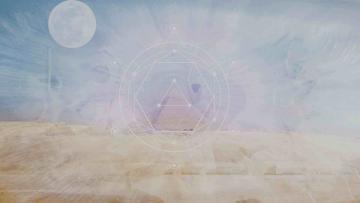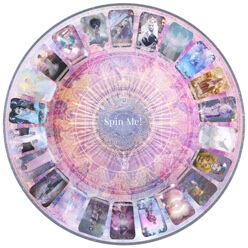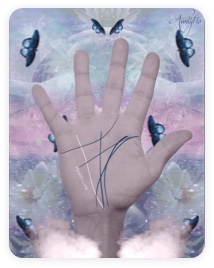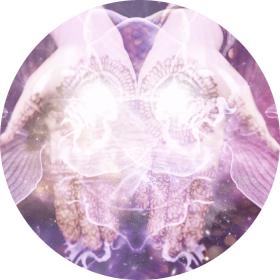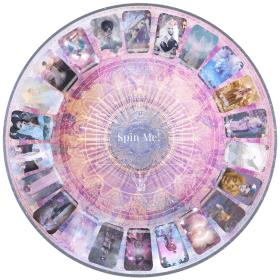Hereditary Witch

Uncover hidden spiritual meanings
A term used by witches who claim that they have a family line of witchcraft.
This can also be a poser term used by individuals that wish that they could claim a long line of witchcraft to justify their actions of practicing magic without training.
It refers to a witch who was born into a tradition of esoteric. The traditions are often not recorded except in Grimoires which are then passed from one generation to another through oral and physical traditions. They are generational which means their skills pertaining to magic is passed on from one generation to another. The hereditary magic is common in places where families live together most of their lives for years and community services such as education and health services have remained inaccessible; places like Africa Scotland and remote regions of Wales and Ireland.
The Controversy About Hereditary Witch
Due to the fact that there is no documentation to determine whether or not a person is hereditary in their witchcraft, it becomes hard to prove or disapprove it. There are also many variations regarding hereditary witchcraft which has developed and spread throughout the world. There is also the fact that, hereditary witchcraft is not only passed to biological relations. There are reasons why a witch would choose to pass their knowledge to a non-family member.
There are plenty of witches who are a practicing hereditary witch yet they were not born in a particular family. This means that there are two different types of hereditary magic; those not born of and those born of the lineage of the witch. This makes it hard to determine whether whatever the witch is practicing is in the family lineage or was inherited from a non-family. This controversy makes it tough for hereditary practitioners
A family tradition is an eclectic mix of practices, pantheons, cultures, family and ancestry. This type of tradition is what is constantly forming and forging and is at times referred to as a family tradition.
Anyone talking about a family tradition might mean a tradition being formed so that it is passed onto others in the family and is different from hereditary because, it is fresh and maybe with time, after passing to the next person in line, it becomes hereditary.
A family tradition, unlike hereditary, it is strictly for family members; father, mother, sister, brothers, nephew, nieces, grandparents.
During the practice of witchcraft in ancient times, the witches grouped themselves in small groups referred to as covens which were considered to be an equivalent to a family.
A non-biological hereditary witch who is practicing today is not biologically related to the craft, but they pass on a tradition that, if not passed, will die. This is what has made most people believe that hereditary witchcraft is truly hereditary. Most practitioners of Wicca and other witchcraft practitioners don’t believe that hereditary witchcraft even exists.
Hereditary witches are not better than any other witch. There work is just set for them; to work hard in order to pass their knowledge to others who are willing to know themselves and to make sure that they learn the craft well.
To be a witch, one needs to, first of all, do a self-discovery of the sort, whether it's through hereditary or learning the tradition of others.
We hope you liked this article. Please support us by liking us on Facebook. Thank you in advance.
The Famous Witches – Janet Farrar and Stewart Farrar
Famous English Witches who have written a great many texts to illuminate the Craft throughout the modern day world.
Writers of the Witches Bible, this dynamic couple is known to have ‘reformed’ the Alexandrian tradition and changed the name to ‘post-Alexandrian.’
Apart from being a British Wicca, teacher and a priestess, Janet Farrar is a female's Witch. She has also co-authored several books together with her husband's Gavin Bone and Stewart Farrar. The books are around Neopaganism and Wicca.
She is one of the most outspoken Wiccans in the last half of the 20th century and this has made her be considered as one of England’s most respected and eminent modern day witches.
Born on 24th June 1950 to a family of welsh and Irish origin, her mother died when she was just five years and after high school, she practiced as a receptionist as well as a model.
Meeting With The Founders of Alexandrian Tradition
Meeting with the founders of the Wicca tradition of Alexandrian might have been her turning point. She met Maxine and Alex Sanders in 1970 through a friend who was already interested in the Wiccan practice.
She accompanied a friend to a coven meeting in order to dissuade her from following the Wicca tradition. Instead of preventing her friend from continuing wicca, she herself joined the tradition was initiated by the Sanders. She joined their London Coven and that is where she met with Stewart, a 34 year old man. The man had married 6 times and this was his seventh marriage. As a couple, they received their second and third degree, which is the final degree of initiation within the year that followed.
In 1971, Janet Farr and Stewart Farrar started to form their own Coven, before they received their third-degree which is the last initiation ceremony for a Coven. In 1972, they were handfasted, which is a marriage ceremony of the witches and officially married in 1975.
1972 is the year she deserted the Coven to explore the Qabalah which was a magic lodge ceremony. She later returned within the same year to the Coven. In 1975, the Farrars left the busy life of London and decided to go and settle in Ireland, in County Mayo and they decided to finally settle in Kells which is in County Meath. That is where they continued to expand and find new Covens. That is what led the high figure of over seventy-five percent of the Wiccans in both Northern Ireland and the Republic of Ireland, tracing their origin back to the Farrars.
They went ahead to publish several books on the Wiccan religion and how Covens are practiced. Some of their publications include The Witches Bible in 1996; Eight Sabbats for Witches in 1981; The Witches God in 1989; The Witches Way in 1984; Spells and How They Work in 1990; The Witches Goddess in 1987. She is the most published face on many Wicca book covers because she never stopped modeling.
They briefly went to England, then returned to Ireland with Gavin Bone joining them in 1993 and they immediately entered into a polyfidelitous group of marriage.
The three then co-authored two books which included: The Healing Craft; and The Pagan Path. Stewart Farrar died in 2000.
Gavin Bone was married to Janet the following year. The two have co-authored books, gave lectures at different universities about the Wicca tradition, both in Britain and the United States.
We hope you liked this article. Please support us by liking us on Facebook. Thank you in advance.
By Flo Saul
Oct 2, 2012

